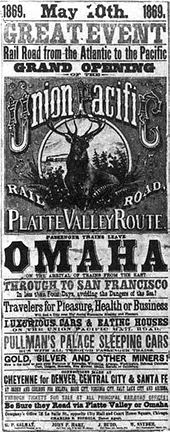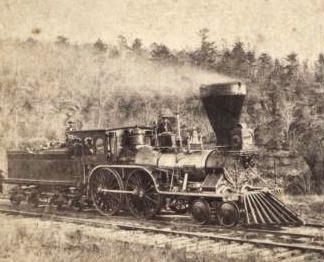The need to connect the East with the Western Frontier had already been established as early as at least 1832. Appropriating funds, North-South tensions mounting as a result of Civil War, misalignment of initial tracks and so much more caused delays in the process.
Harsh winters, staggering summer heat, Indian raids and the lawless, rough-and-tumble conditions of newly settled western towns made conditions for the Union Pacific laborers--mainly Civil War veterans of Irish descent--miserable. The overwhelmingly immigrant Chinese work force of the Central Pacific also had its fair share of problems, including brutal 12-hour work days laying tracks over the Sierra Nevada Mountains. On more than one occasion, whole crews would be lost to avalanches, or mishaps with explosives would leave several dead.
Source: History.com
It was a difficult, dirty job with each day ending in calloused hands, sore muscles, aching backs with not everyone working that day remaining alive to work the next day. Endurance and perseverance resulted in the last ceremonial spike being driven into a rail line in Promontory, Utah connecting the Union Pacific with the Central Pacific. The day: May 10, 1869.
 |
| At the ceremony for the driving of the "Last Spike" at Promontory Summit, Utah, May 10, 1869 |
Transcontinental railroad travel became possible for the first time in U.S. history. The arduous, dangerous journey by wagon train was now a thing of the past for western-bound travelers. The new connection provided cross country travel in a matter of days that had taken months by wagon train or weeks by boat. Changes were certainly in the midst with the civilized East meeting the untamed West!
Nearly 2,000 miles of track completed the task of East meets West, ahead of schedule and under budget. The impact of the transcontinental railroad was immediate. Rapid growth and expansion across the United States followed the final construction of the railway due in large part to the speed and ease of travel that the railroad provided.
 |
| The official poster announcing the Pacific Railroad's grand opening. Source: en.wikipedia.org |
 |
| The Summit Tunnel at Donner Summit, West Portal Source: en.wikipedia.org |
So much nostalgia surrounds the evolution of the train - much like life, its journey through time collects treasured memories of
people and places as it stops and goes from one station to another. Have
you ever thought about comparing life to a train ride or a series of
train rides? Visit Life on the Train...
 |
| The coming of the Transcontinental Railroad, the first communication revolution in the USA. |
While
we may say goodbye to an era once vibrant, let us not forget the impact
of the railroad as America rapidly became an urban nation. Where would
America be today without the expansion of the railroad?
No comments:
Post a Comment